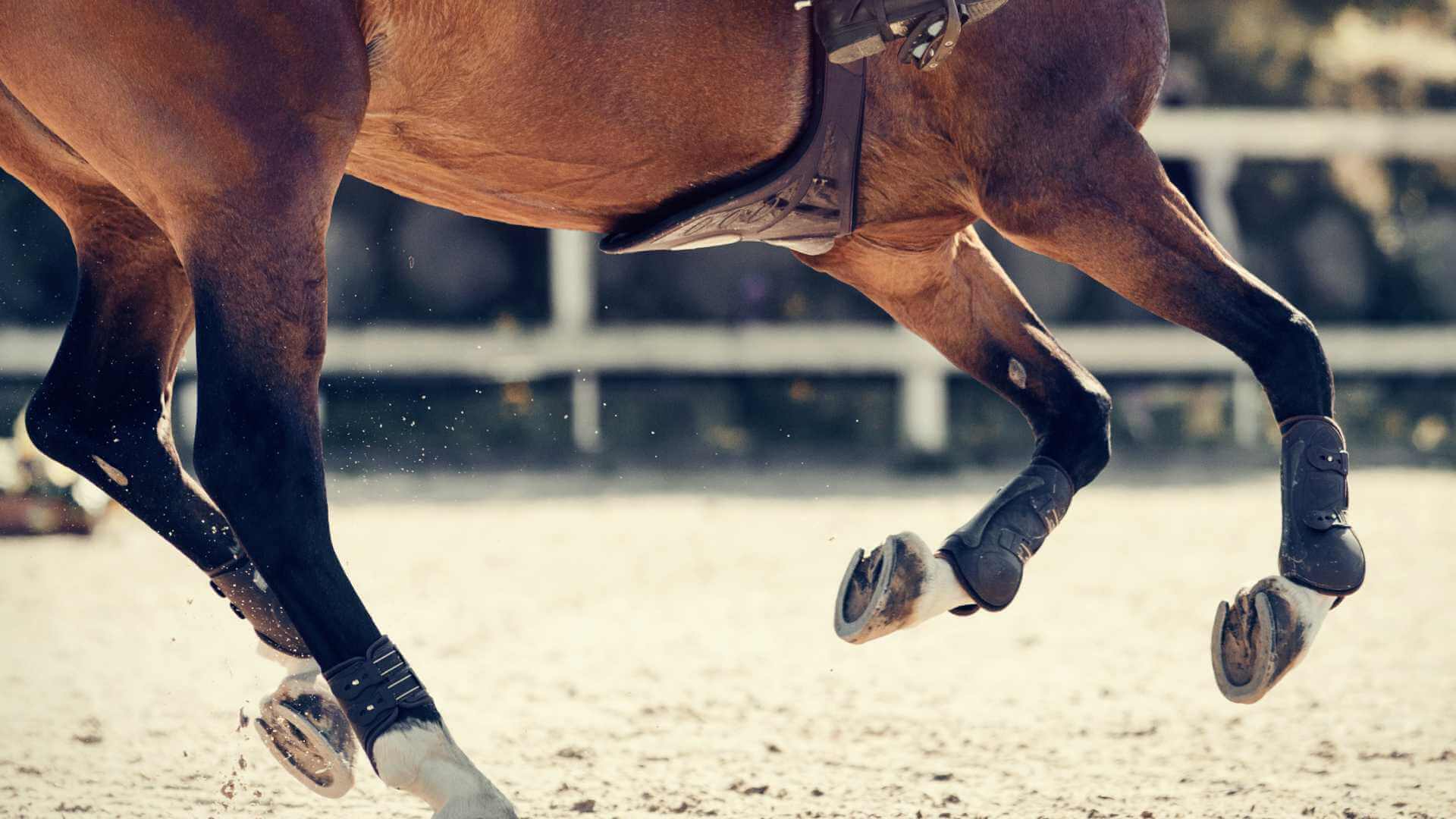Draw Bias in Horse Racing Explained (and How Racing Buddy Uses It in Predictions)
Introduction
Draw bias is one of the most fascinating elements of flat racing. It refers to the advantage or disadvantage horses gain depending on their stall position. On some tracks and distances, being drawn near the rail can be a huge benefit, while at others the opposite is true. For punters, identifying draw bias can be the difference between finding a big priced winner and backing a horse with little chance. Racing Buddy factors draw bias automatically into its predictions.
What Is Draw Bias?
In flat racing, horses start from stalls. Each stall has a number, and the layout of the track means certain positions are more favourable. A low draw next to the rail might save ground and give an advantage, while a wide draw may force a horse to cover extra distance.
Why Draw Bias Matters
On turning tracks like Chester or Beverley, low numbers close to the rail have a clear advantage. At straight courses like Ascot or Newmarket, the bias may depend on where the fastest ground lies. Knowing which stalls are advantageous can give punters a major edge.
Famous Examples of Draw Bias
Chester’s five furlong sprint is a classic case. Horses drawn in the lowest stalls win disproportionately because they can grab the rail immediately. At Ascot’s straight mile, the bias has switched from one side to another depending on the going and where the jockeys decide to race.
How Punters Traditionally Analyse Draw Bias
Punters often look back at previous races run over the same course and distance. They study the winning stall numbers to spot patterns. However, draw bias can change with weather, field size, and rail movements, making it hard to track manually.
How Racing Buddy Uses Draw Data
Racing Buddy’s AI reviews thousands of past races, monitoring stall positions, field sizes, and ground conditions. It adapts predictions in real time to account for how today’s draw is likely to affect each runner, giving punters instant clarity.
FAQs
What does draw bias mean in racing?
Draw bias refers to the advantage or disadvantage a horse may have based on its stall position.
Which UK tracks show strong draw bias?
Chester, Beverley, and Goodwood are well known for low draw advantages, while Ascot can show changing biases on its straight courses.
Does draw bias always matter?
Not always. The impact of draw bias can vary depending on ground conditions, rail movements, and field size.
Conclusion
Draw bias is a subtle but powerful influence on flat racing. Racing Buddy automatically incorporates stall position data into its AI models, factoring in conditions, race type, and course history. With Racing Buddy in your corner, there is no need for newspapers, pens or complicated websites - just clear, real time predictions powered by AI that instantly considers all factors to calculate smarter selections.
